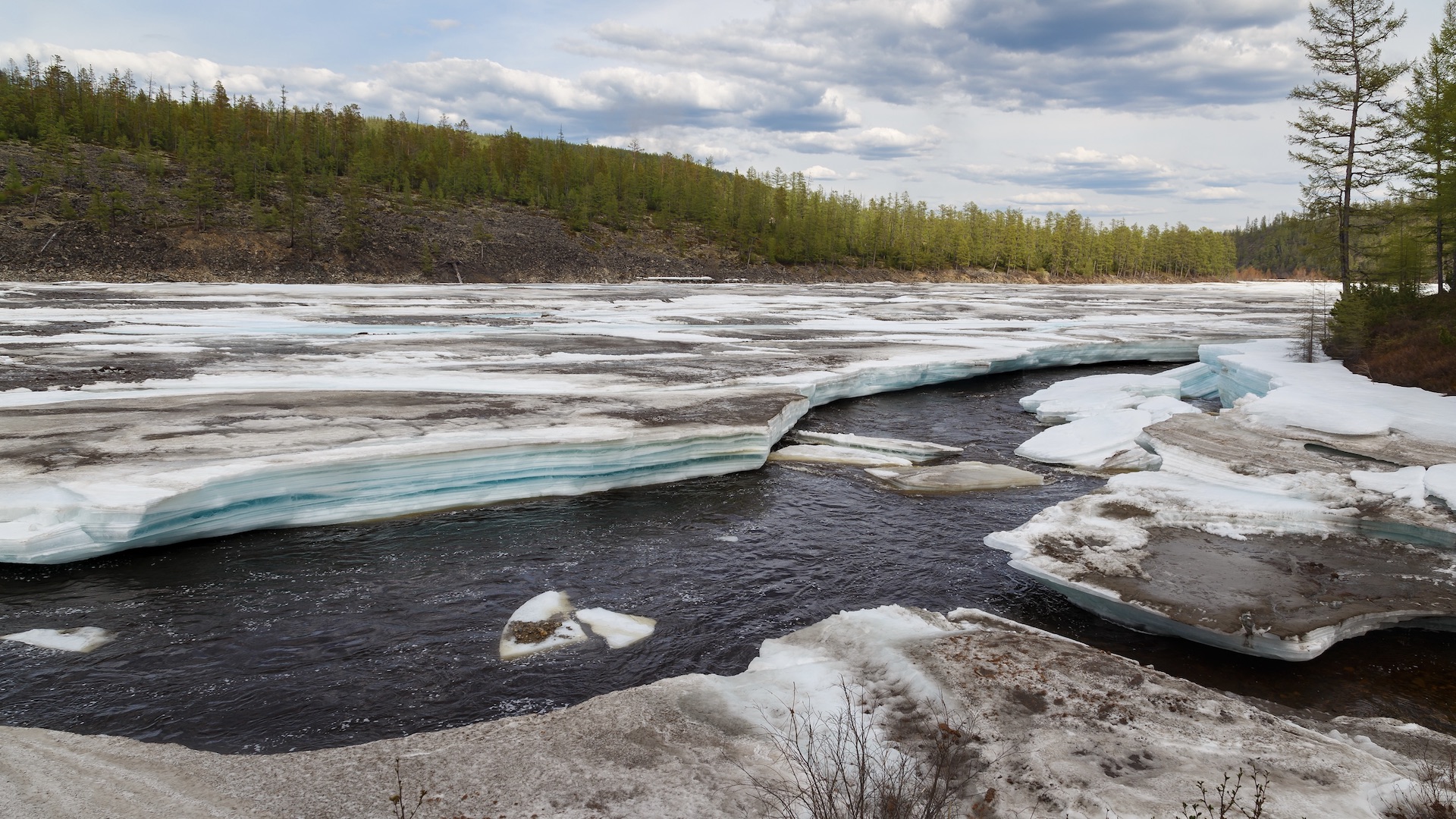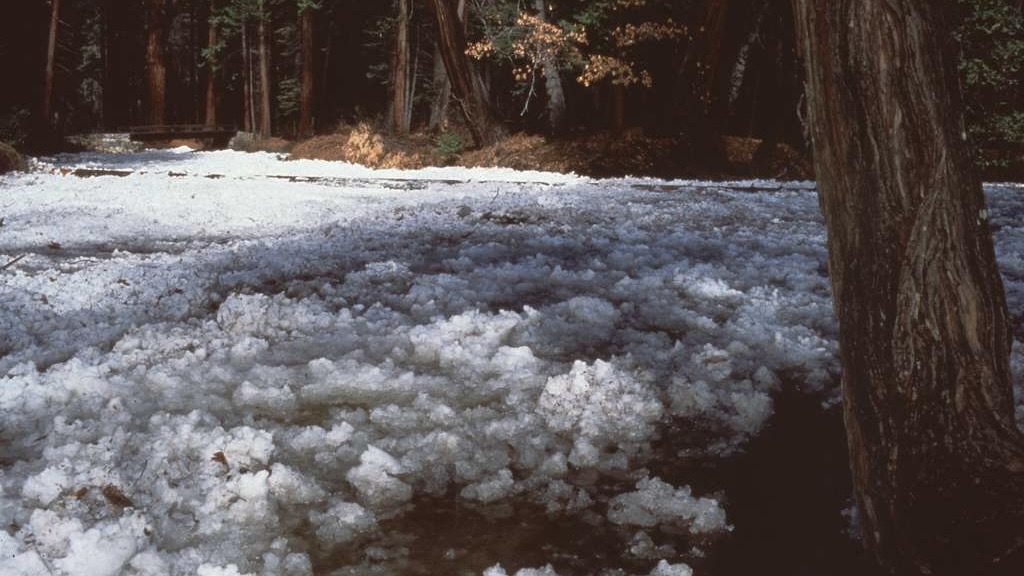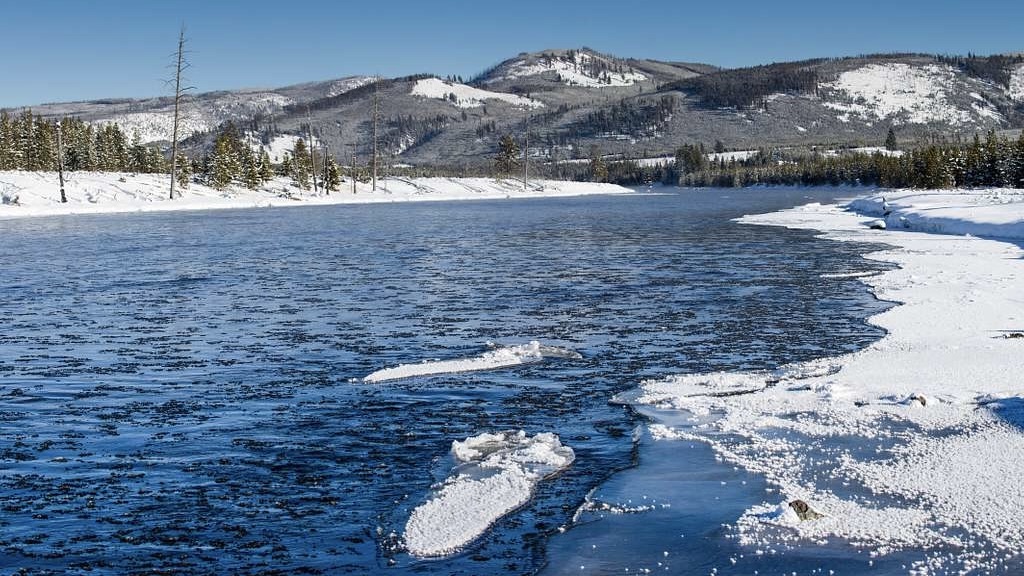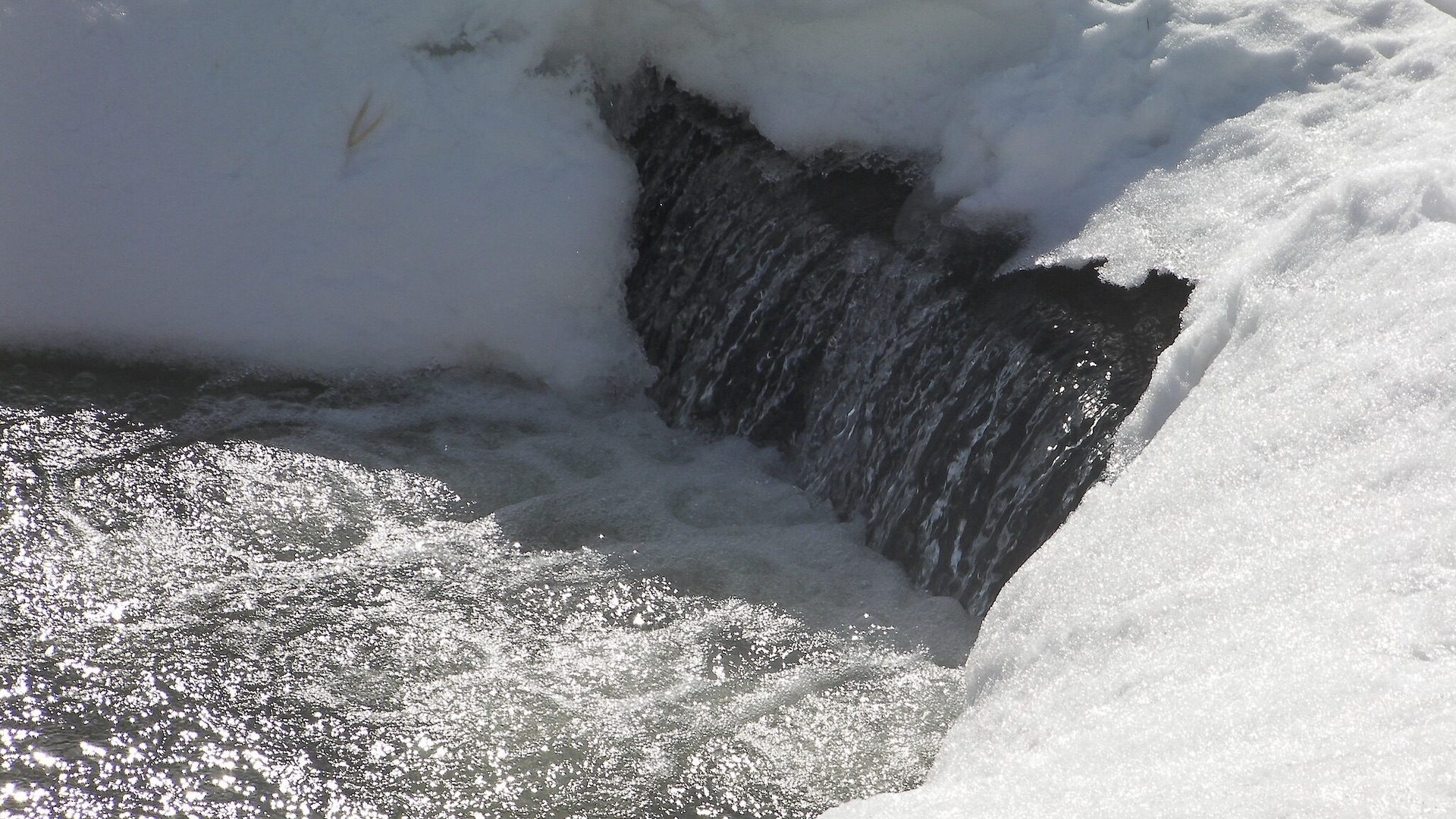What is frazil ice and why is it so dangerous?
Learn about the cold weather phenomenon and why winter hikers should be alert to the icy peril

Have you heard of frazil ice? No, me neither! But for outdoorsy people, especially hikers, it is worth knowing a thing or two about this type of ice and why it can be dangerous.
You might have seen frazil ice but not been aware of the name of it. Frazil ice often looks like a jumble of snow and ice, or like slushy snow. On closer inspection, underneath the surface, it takes the form of small particles, typically about 1mm or smaller in diameter, and usually in the shape of thin disks, according to the encyclopaedia Britannica. If the wind is blowing and the sea is rough, frazil ice can form in slushy circles, known as pancake ice
The origins of "frazil" is in the French word fraisil, which means cinder.

How does frazil ice form?
It’s partly the turbulence in water that causes frazil ice to form – and this happens when the water becomes “supercooled”, as the surface water loses heat to the cold air above it. The water temperature requires to be just below freezing point for the ice to form.
The Facebook page of the Yosemite National Park reveals that frazil ice happens “when fast-moving, turbulent water gets so cold it forms what looks like a slushie but one more dangerous than delicious”.
In more scientific terms, according to an article written by the Iowa Institute of Hydraulic Research, frazil ice forms in flowing or turbulent water that has become “supercooled” by heat transfer to overlying air. More or or less of this type of ice forms depending on the intensity of turbulence and the rate of the temperature drop in the water.
Added to this, the discs or platelets of ice from in different sizes depending on turbulence intensity. So, the greater the turbulence the larger the particle size.
Advnture Newsletter
All the latest inspiration, tips and guides to help you plan your next Advnture!
Once the frazil ice starts to form, the mass can quickly grow in size. As an article in the Treatment Plant Operator magazine reports: “First it forms. Then it multiplies. Then it attaches to underwater structures like water system intakes.”

Where might you see frazil ice?
Frazil ice is a cold-weather phenomenon. It takes an area of water, a clear and cold night and then some wind to create water turbulence. It can form in rivers, lakes, reservoirs and oceans.
Frazil ice can form anywhere that winter conditions create the right environment and this means you are more likely to see it in locations of more extreme winters, such as Canada, the US, Antarctica, and the Baltic sea.
Pancake ice has been spotted occasionally in the UK such as on the River Bladnoch in Scotland in 2022.

Why is frazil ice so dangerous?
Frazil ice is described by Brian Morse, a professor of civil engineering, as “a snow storm in water”. Frazil ice also accumulates very quickly.
In addition, frazil ice can look like patches of snow, or a river that has turned slushy, bugt underneath it is solid and fast forming.
The potential dangers for outdoors enthusiasts, especially winter hikers, is that there is a risk of falling through frazil ice into extremely cold water below.
Rangers at Yosemite National Part took to social media to warn winter hikers: ”While its lava-like flow may mesmerise the eye, frazil ice is deceptively dangerous.
“It’s not a solid surface despite its appearance, so when its slush hides the boundaries of sure footing, falling in and becoming trapped beneath is a serious hazard."
In areas of vital water supply, frazil ice can be a huge menace because the ice can forms blocks around water outflows and stops water reaching homes, businesses, industry and people. For vessels trying to navigate winter or frozen seas, frazil ice can pose a potential danger, too.
- The best avalanche beacons: life-saving transceivers tested and rated

Fiona Russell is a widely published adventure journalist and blogger, better known as Fiona Outdoors. She is based in Scotland and is an all-round outdoors enthusiast with favorite activities including trail running, mountain walking, mountain biking, road cycling, triathlon and skiing (both downhill and backcountry). Aside from her own adventures, Fiona's biggest aim is to inspire others to enjoy getting outside and exploring, especially through her writing. She is also rarely seen without a running skort! Find out more at Fiona Outdoors.
